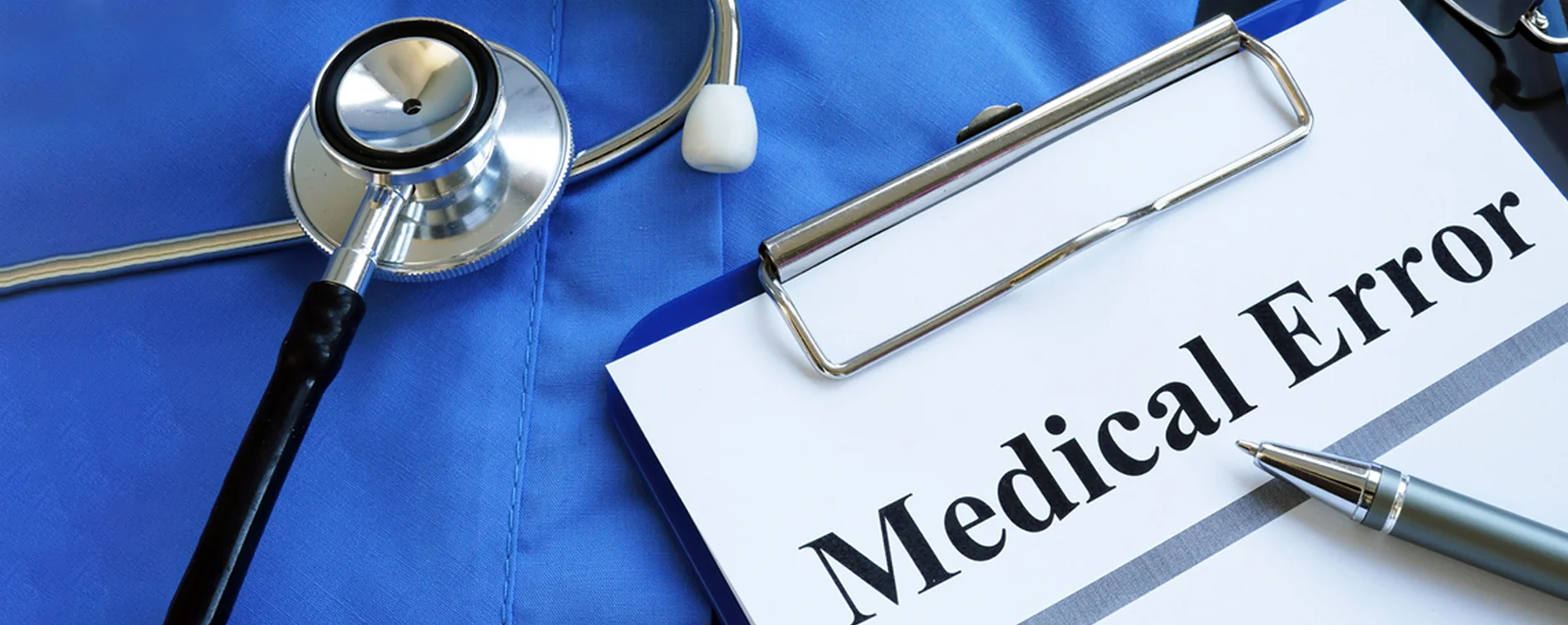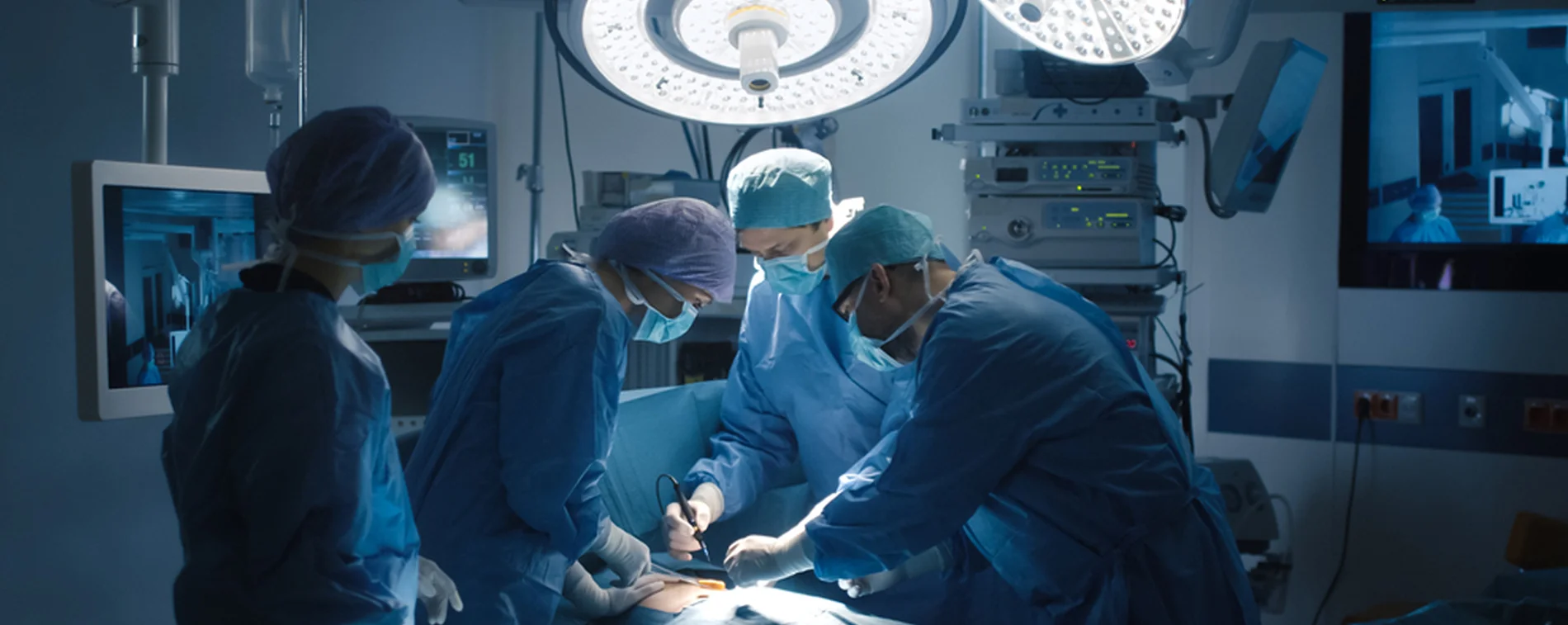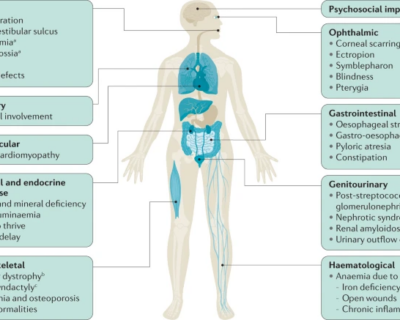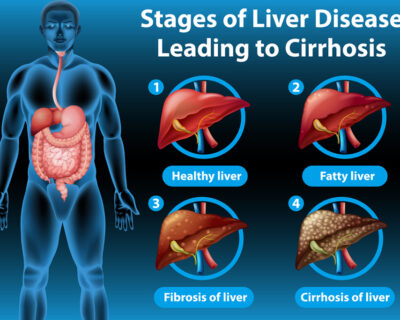
a short briefing of the latest information gathered on medical errors
We’ve all heard about medical errors and probably read some online articles about them too. But for the sake of this article and to inform those who are less familiar with this term, we’ll quickly define it here. A medical error is typically a preventable adverse effect of medical care, whether or not it’s evident or harmful to the patient. Many different types of medical errors occur in different medical settings, including adverse drug events and improper transfusions, misdiagnosis, under and overtreatment, surgical injuries, and wrong-site surgery, suicides, restraint-related injuries or death, falls, burns, pressure ulcers, and mistaken patient identities.
Here’s some of the latest news we’ve received on this topic.

Changes in Doctors’ Moods Can Increase the Likeliness of Medical Errors
A few weeks ago the British Medical Journal Open published a piece on the Australian-First study that shows doctors who have a happier and more “agreeable” personality are less likely to make mistakes during their examination and medical practice that can lead to medical errors.
Doctors who in Australia, as in other countries, have a tendency to misdiagnose, overdiagnose or underdiagnose their patients. This can happen simply because they are unhappy, overworked, are occupied in rural areas, or have suffered a recent injury.
Dr. Owen Bradfield and Professor Matthew Spittal led a research team in analyzing the responses of over 12 hundred Australian doctors from a survey called MABEL or the Medicine in Australia Balancing Employment and Life ranging from 2013 to 2018.
The questions on the survey asked about their sex, specialty, personality, health, life satisfaction, working conditions, and whether they had previously been sued due to medical malpractice, misdiagnosis, or any other kind of medical error. As a follow-up to this bulk survey analysis, Dr. Owen Bradfield added “This allowed us to analyze and correlate work, health and personality factors with a doctor’s risk of being sued. Just over five percent of the doctors surveyed reported being named in a medical negligence claim during this period. The findings were more pronounced for male doctors than females.”

He also said “Patients who suffer harm from a medical error have the freedom to sue the doctor concerned in order to seek redress, answers, and assurances that mistakes will not be repeated.” Therefore, understanding why that doctor made a mistake and was sued can help us reduce medical errors and improve healthcare quality.
Professor Matthews Spittal added that knowledge gained from older studies demonstrates that older male doctors who have been performing surgical procedures and who had prior complaints were at the highest risk of claims and causing harm to more patients because of the medical errors associated with their analysis and diagnostics.
The Efficiency and Quality of Care in Operating Rooms can be Improved with New Clinical Support Software!
Medical errors are a common thing in operating rooms and probably most of you have heard about them. That is why a new approach is being designed to manage and document how medicines are administered in operating rooms and to improve patient safety.
So many people are putting in so much effort to reduce the medical errors happening in operating rooms. The difference between almost all other medical errors and the ones that can happen in the operating room is that in most medical errors, the effect is preventable even if the patient is harmed; however, in the operating rooms, there is no room for errors and sometimes the smallest errors can make a difference between life and death for a patient.
Many of the powerful safeguards that exist in most areas of a hospital are not available in operating rooms, and those safeguards are some of the most important protocols that are actually helpful in lowering the likeliness of medical errors. In operating rooms, the patient’s condition can change drastically with one wrong action, and if we consider the dose and the number of different medications each patient is given during their time in the operating room, we can see how so much can go wrong.

The CDS (clinical decision support) software platform has been developed to reduce the harm caused to the patients due to medical errors in the OR by more than 95%. To test this software solution the developer team recruited 40 anesthesia clinicians to participate in simulated surgical procedures using a training mannequin (or lifelike simulated patient). About half of these anesthesia clinicians used the already existing and possible protocols while the other half used the CDS during both teams’ simulated surgeries. Both teams were asked to perform basic tasks like administering and documenting medication used commonly in the operating room and responding to a blood pressure drop. When the performance of the two teams was analyzed, the comparison showed that the efficiency of the team that was using the CDS software was about 20% quicker, needing to click and scroll the mouse about half as much as the other team. This software solution is designed to help surgeons and their OR team reduce the number of medical errors and misdiagnoses happening in operating rooms.
Resources:
https://medicalxpress.com/news/2022-05-anesthesia-patient-safety-foundation-health.html
https://medicalxpress.com/news/2022-05-clinical-software-efficiency-quality-room.html
https://medicalxpress.com/news/2022-06-doctor-mood-sued.html
https://www.ncbi.nlm.nih.gov/books/NBK430763/






